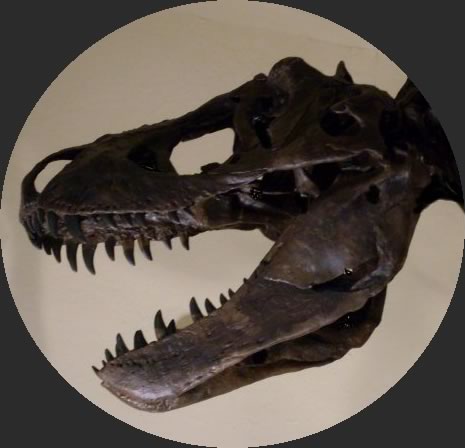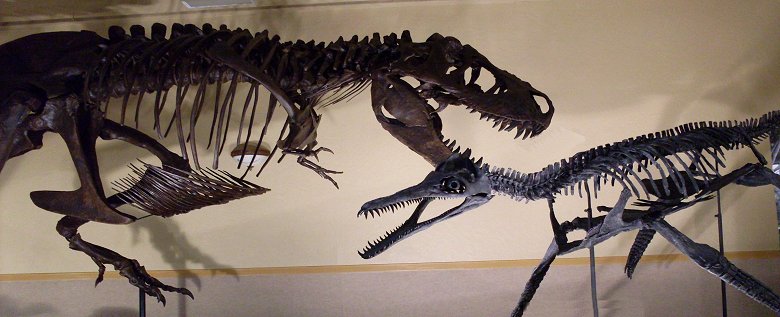�����������������������������������������������������������������������������������������������������������������������������������������������������������������������������������������������������������������������������������������������������������������������������������������������������������������������������������������������������������������������������������������������������������������������������������������������������������������������
|
|
����������������������������������������������������������������������������������������������������������������������������������������������������������������������������������������������������������������������������������������������������������������������������������������������������������������������������������������������������������������������������������������������������������������������������������������������������������������������������������������������������������������������������������������������������������������������������������������������������������������������������������������������������������������������������������������������������������������������������������������������������������������������������������������������������������������������������������������������������������������������������������������������������������������������������������������������������������������������������������������������������������������������������������������������������������������������������������������������������������������������������������������������������������������������������������������������
|
Name:
Oviraptor egg
Age: Cretaceous
Formation: Nanxiong Formation
Location: Guangdong Province, China
Size: Egg is 7.5 inches long
This egg is from the dinosaur, Oviraptor, or ''egg robber''. Most raptors laid their eggs in nests of a dozen or more eggs. Oviraptor mothers have been found fossilized guarding their nests, showing a ''nurturing'' nature in these dinosaurs. Usually, hatching and scavenging damaged the nests, obliterating any trace of the eggs that remained. Occasionally, some eggs survived predators and the elements, and eventually became fossils. Another point of interest relating to our raptor eggs is the overall comparison of eggshell thickness of these eggs. The raptor eggs found in deepest deposits (older) have very thick eggshell. As you examine eggs higher in the formation (younger), you see a gradual thinning of the eggshell over time. Gradual changes in vegetation (determined from pollen samples), changes in climate from a humid subtropic to an arid temperate region, and less oxygen in the air (determined from examining air trapped in amber) could have weakened the dinosaurs ability to produce healthy eggs, thus leading to their inevitable extinction. Environmental stresses in modern birds (the brown pelican, for example) have been shown to reduce the thickness of eggshells and the results on the species are similar. Because of their delicate nature, intact eggs are very rare in the fossil record.
This large egg is nicely inflated and has good shape and form. Some of the corrugated eggshell is still intact. The egg is embedded in a block of red-brown sandstone. This is a fine example of an uncommon raptor dinosaur egg.
A Certificate of Authenticity from EXTINCTIONS is included with this specimen.
|
|
����������������������������������������������������������������������������������������������������������������������������������������������������������������������������������������������������������������������������������������������������������������������������������������������������������������������������������������������������������������������������������������������������������������������������������������������������������������������������������������������������������������������������������������������������������������������������������������������������������������������������������������������������������������������������������������������������������������������������������������������������������������������������������������������������������������������������������������������������������������������������������������������������������������������������������������������������������������������������������������������������������������������������������������������������������������������������������������������������������������������������������������������������������������������������������������������������������������������������������������������������������������������������������������������������������������������������������������������������������������������������������������������������������������������������������������������������������������������������������������������������������������������������������������������������������������������������������������������������������������������������������������������������������������������������������������
|
|

